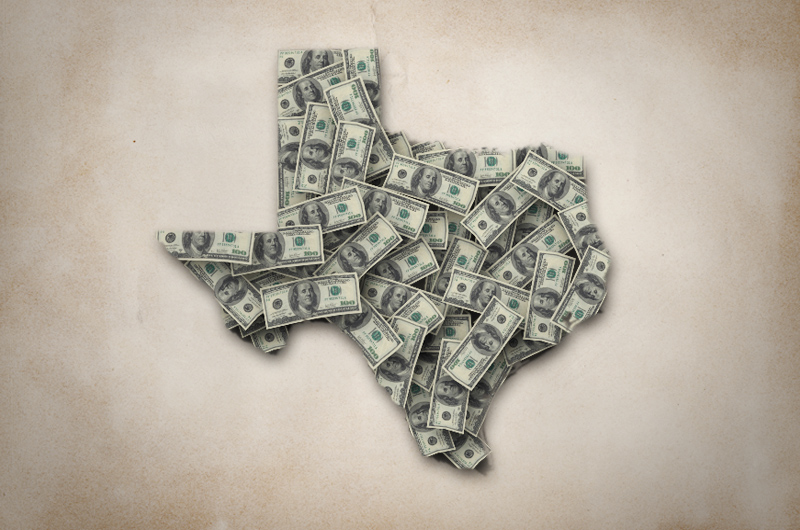 It’s no exaggeration to say that Texans don’t like paying property taxes, as we have some of the highest in the nation. Could we kiss those tax bills goodbye by modestly increasing the sales tax? That’s among the property tax relief options now floating around the Texas Capitol.
It’s no exaggeration to say that Texans don’t like paying property taxes, as we have some of the highest in the nation. Could we kiss those tax bills goodbye by modestly increasing the sales tax? That’s among the property tax relief options now floating around the Texas Capitol.
If it sounds too good to be true — you’re right. Even a cursory look at the numbers shows that swapping property taxes for a higher sales tax is unrealistic.
In 2016, Texans paid $36 billion in state and local sales taxes. Property taxes totaled more than $56 billion, far more than what a few more pennies added to the sales tax would raise.
In fact, the current state sales tax rate of 6.25 percent would have to almost quadruple to a whopping 23 percent to wipe out the property tax, according to a 2012 analysis by the state comptroller’s office. Add another 2 percent for current local taxes and you’re looking at a 25 percent sales tax rate — a quarter in tax on every dollar you spend!
That astronomical rate would drive most Texas storefronts out of business as Texans drive to lower-tax states to shop or order goods online from retailers that don’t collect sales tax. Though state law requires Texans to remit those uncollected sales taxes on their own, few ever do.
If such an increase in the sales tax rate isn’t viable, what about eliminating tax exemption “loopholes”? Among the items that then would be taxed: groceries; gas, water and electric bills; and services from a long list of providers including doctors, dentists, nurses, other health care professionals, lawyers, accountants, real estate agents, architects, auto mechanics and construction laborers.
Unfortunately, taxing all those items would only generate $12 billion, cutting your property tax bill by only 20 percent, leaving $44 billion in property taxes still to pay.
To read the full article, please click here.
